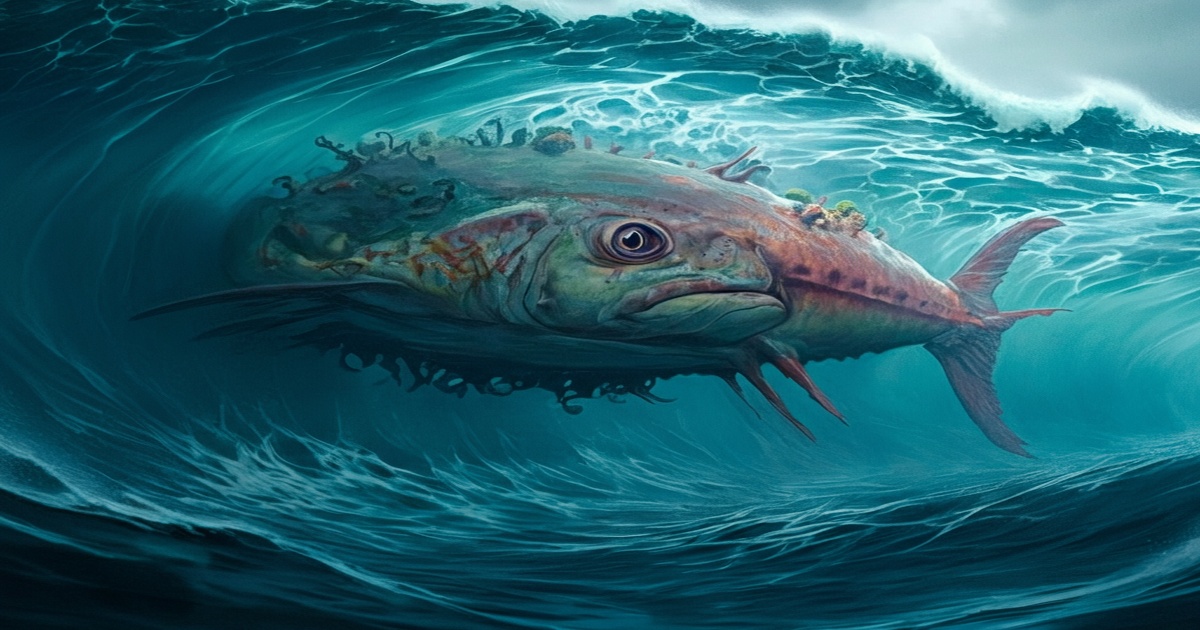Reports indicate an increase in fatalities linked to "flesh-eating" bacteria along the southeastern coasts of the United States. This year, at least five deaths have been recorded in Florida, four in Louisiana, and one in the Outer Banks. These infections can lead to necrotizing wounds.
The bacterium responsible, Vibrio vulnificus, thrives in warm seawater. Florida has documented 16 cases this year, according to state health officials. Louisiana has reported 17 cases, exceeding previous annual averages. North Carolina has seen seven cases, and Mississippi has reported three cases so far this year.
The initial fatalities in Florida were reported in counties along the state's extensive coastline. The bacteria can enter the body through open wounds, causing the surrounding tissue to die, a condition known as necrotizing fasciitis. Infection can also occur from consuming contaminated food, particularly raw oysters. The exact source of infection for those in Florida is currently unknown.
According to the CDC, approximately one in five individuals infected with Vibrio vulnificus succumb to the infection.
Antarpreet Jutla, a professor at the University of Florida, noted that while infections remain rare, there is a notable increase this year. He emphasizes that there are too many unknowns to pinpoint the exact cause of the rise in infections. Jutla also mentioned that Vibrio vulnificus infections tend to increase after hurricanes.
Jutla's research team is currently investigating the high concentrations of plankton and chlorophyll, indicators for vibrio, across Florida's panhandle.
Vibrio vulnificus is one of over 200 species of Vibrio bacteria. While most Vibrio infections are not harmful to humans, they do cause approximately 80,000 infections annually. Most of these are gastrointestinal. Only a small number, between 100 and 200 cases, are due to Vibrio vulnificus.
Because Vibrio bacteria prefer warm water, they are typically found along the southeastern shores of the U.S., but they are also found on the West Coast. As ocean temperatures warm, more cases have been found farther north in recent years, including some in New York, Connecticut and Maryland.
Individuals with open wounds who spend time in salty or brackish water are at risk. Visible signs of infection can appear within hours, including redness, swelling, and painful blisters. If the infection progresses, it can enter the bloodstream and cause sepsis, which can be fatal. People with liver cirrhosis, weakened immune systems, and those over 65 are at higher risk.
Vibrio vulnificus infections can be treated with antibiotics. Covering open wounds before entering the ocean is recommended. Prompt medical attention is crucial if an infection is suspected, as delaying treatment can lead to severe complications.







5 Comments
Rotfront
Staying ahead of the curve will prevent future situations from being as dangerous. That is why this article is important.
Kyle Broflovski
How come I never heard about this before? This feels very suspicious.
Eric Cartman
It's scary, but knowledge is power. I’m sharing this with my friends and family.
Stan Marsh
Five deaths in Florida? Sounds like a lot until compared to other dangers. What's the overall casualty rate vs. other common killers?
Donatello
I’m glad this is being reported. It is crucial to raise awareness about any health risks.